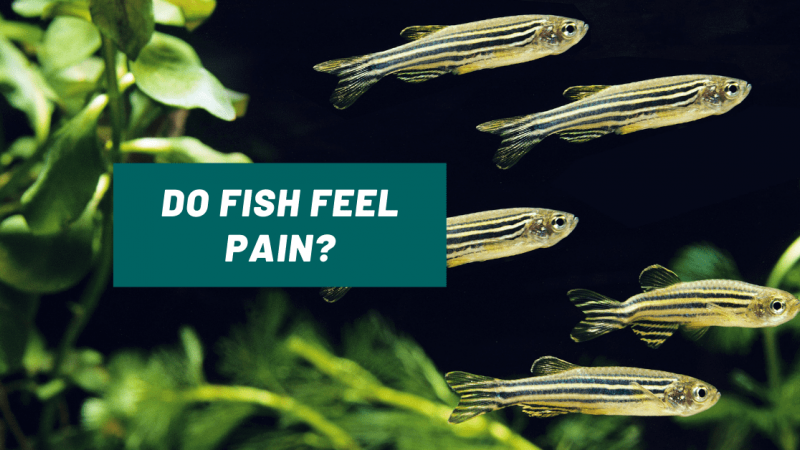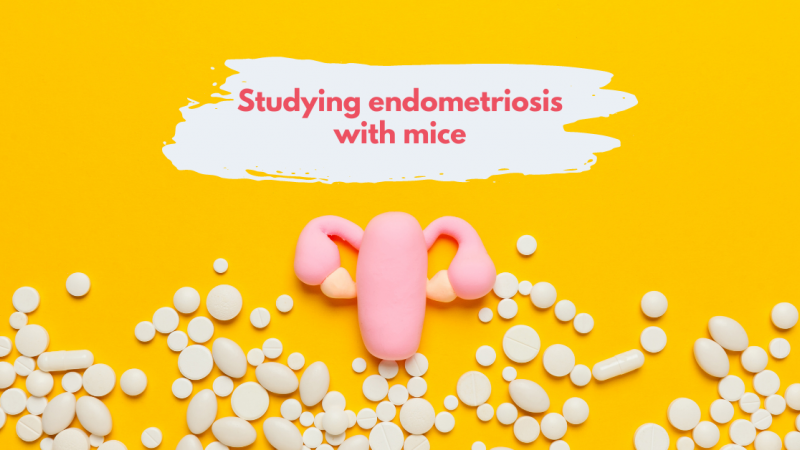 Crustaceans such as crabs, prawns and lobsters are not covered by animal welfare legislation because they were thought not to feel pain. But recent research indicates that this might not be the case.
Crustaceans such as crabs, prawns and lobsters are not covered by animal welfare legislation because they were thought not to feel pain. But recent research indicates that this might not be the case.
Common shore crabs were given small electrical shocks and their behaviour changed after experiencing those shocks. Other research has shown that prawns and hermit crabs respond in a way that is consistent with feeling pain.
Experiments were designed to distinguish between pain and a reflex phenomenon known as nociception. The function of pain is to aid future avoidance of the pain source, whereas nociception enables a reflex response that provides immediate protection but no awareness or changes to long-term behaviour.
Nociception exists in virtually all animals but the same is not true of pain. This latest study showed that shore crabs are willing to trade something of value to them – in this case a dark shelter – to avoid future electric shock. Explaining how the experiment worked, Professor Elwood said:
“Crabs value dark hideaways beneath rocks where they can shelter from predators. Exploiting this preference, our study tested whether the crabs experienced pain by seeing if they could learn to give up a valued dark hiding place in order to avoid a mild electric shock.“
Ninety crabs were each introduced individually to a tank with two dark shelters. On selecting their shelter of choice, some of the crabs were exposed to an electric shock. After some rest time, each crab was returned to the tank. Most stuck with what they knew best, returning to the shelter they had chosen first time around, where those that had been shocked on first choice again experienced a shock.
When introduced to the tank for the third time, however, the vast majority of shocked crabs now went to the alternative safe shelter. Those not shocked continued to use their preferred shelter.
“Having experienced two rounds of shocks, the crabs learned to avoid the shelter where they received the shock. They were willing to give up their hideaway in order to avoid the source of their probable pain.”
Professor Elwood says that his research highlights the need to investigate how crustaceans used in food industries, such as crabs, prawns and lobsters, are treated.
“On a philosophical point it is impossible to demonstrate absolutely that an animal experiences pain. However, various criteria have been suggested regarding what we would expect if pain were to be experienced. The research at Queen’s has tested those criteria and the data is consistent with the idea of pain. Thus, we conclude that there is a strong probability of pain and the need to consider the welfare of these animals.”
Last edited: 11 March 2022 14:13




